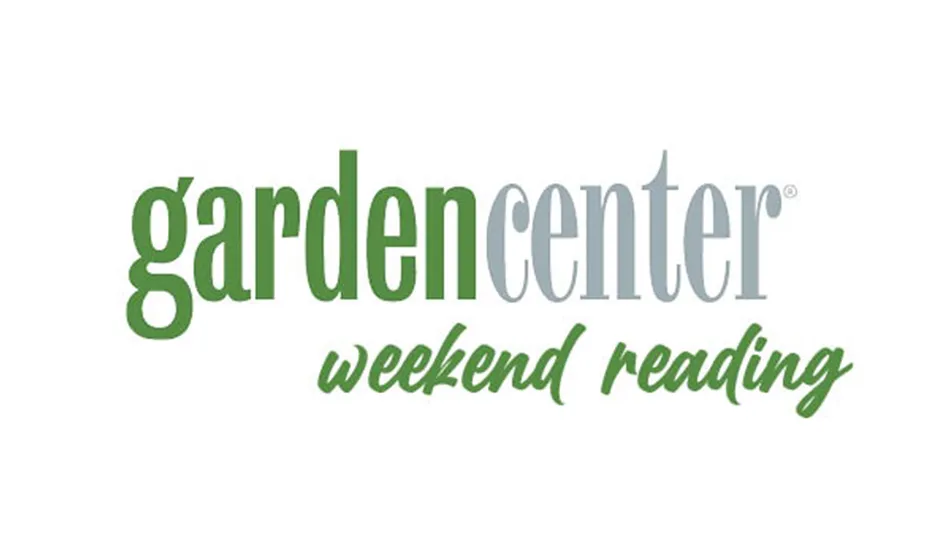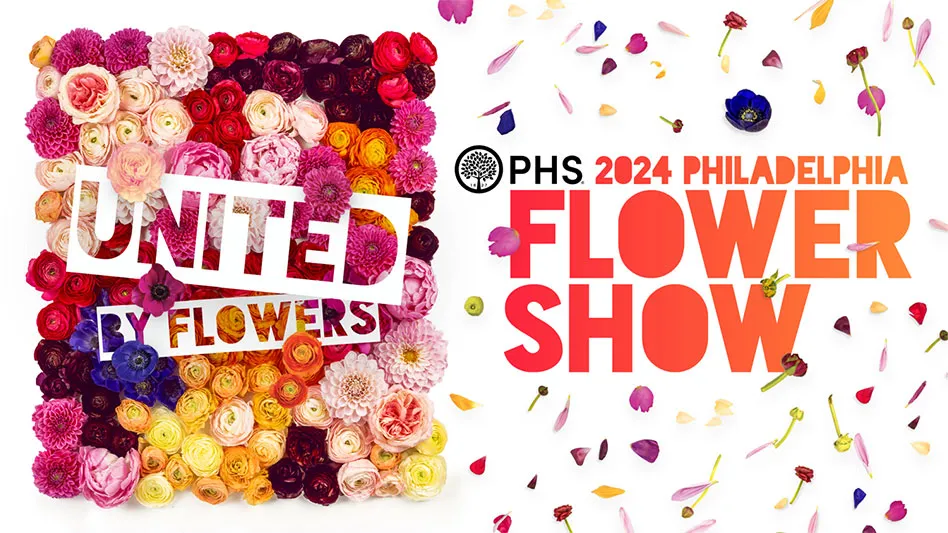
With showy flowers swaying in the wind or foliage gaining autumn intensity, ornamental grasses are garden center stars. When your IGC is full of spring customers, grasses need help showing their best side. Grasses and grasslike sedges are generating excitement, so don’t keep them sidelined until fall. Capitalize on consumer interest and landscaping trends with these tips — and make your ornamental grasses shine.
Tune in to high-profile public gardens

Plant breeder and introducer Brent Horvath, president of Illinois-based Intrinsic Perennial Gardens, underscores a design shift. “Mass plantings of grasses are still big, but mixed plantings with perennials — similar to a Piet Oudolf-type garden — are becoming quite popular. People see the grasses in these big public gardens and want to mimic that.”
Attention-getting grasses in prominent public plantings may send customers your way. Chicago’s Lurie Garden in Millennium Park, atop underground parking garages, and the High Line park on an abandoned Manhattan freight rail line (featured in the August 2016 issue of Garden Center) feature grasses in leading roles, a signature of designer Piet Oudolf’s hand in both projects.
California-based grass expert, author and designer John Greenlee of Greenlee and Associates credits these public plantings with gains in grass popularity nationwide. “It’s never been a more exciting time, and it has a lot to do with the success of the High Line in New York and Millennial Park in Chicago. People are finally getting to see these plants in ways they need to be used,” Greenlee says. High Line park includes more than 40 grass and sedge varieties on public view for 2017. (bit.ly/2mCuhZ1)
Emphasize regionalism and realistic expectations

Understanding regionally appropriate grasses and sedges goes a long way toward customer satisfaction with grass purchases. Steve Castorani, president of Pennsylvania-based North Creek Nurseries, recommends using appropriate plants to create ecologically sound landscapes that can live up to customer expectations.
Greenlee stresses that regionalism is extremely important. “We’re still on a learning curve with people understanding that it’s not just cold temperatures that determine where a plant does well, but also its tolerance to heat,” he says. He encourages garden centers to seek out accurate information, and to not push plants in regions where they don’t belong.
Grasses earning great reviews across broad swathes of the country include:
Red October big bluestem (Andropogon gerardii ‘Red October’). Greenlee notes the plant’s gorgeous rich fall color and suitability from Seattle to Maine.

Blonde Ambition blue grama grass, (Bouteloua gracilis ‘Blonde Ambition’). “Once in flower and seed heads form, everyone wants this plant,” says Castorani.
Undaunted ruby muhly grass (Muhlenbergia reverchonii Undaunted). Improved cold hardiness and drought tolerance brings cloudlike pink blossoms into zone 5.
Invasive tendencies are a significant regional consideration. Horvath notes a move toward sterile varieties in some regions. “With Miscanthus in particular, there’s been a problem on the East Coast with varieties reseeding into natural areas,” he explains. The first sterile cultivars are now making their way into the market. Greenlee reports, “Many Miscanthus and Pennisetum that were popular early on are finding their way onto invasive species lists. Garden centers should be cognizant of that.”



Promote ecological and environmental benefits
Interest in native plants, pollinators and environmentally responsible gardening enhance grass appeal. “It’s time for these things to be acknowledged,” Greenlee says. “Gardening can’t be just decorating the planet; it’s also about restoration and ecology. Grasses continue to play a very important role in moving American gardens from pure ornament to ornament and rehabilitation.”
Castorani describes numerous benefits grasses and sedges provide for wildlife, insects and humans in traditional and non-traditional landscapes. Deep-rooted native bunch grasses, such as Panicum, Andropogon, Schizachyrium, Sorghastrum nutans and Sporobolis heterolepsis, excel at preventing erosion and promoting water infiltration. Entomologist and ecologist Dr. Doug Tallamy reports that sedges promote pollinator activity as well.
Greenlee also points to ornamental advances with native prairie grasses, Horvath’s primary interest in grasses. By focusing on improved ornamental characteristics, such as fall foliage color or showier flowers, these native cultivars may usher in greater acceptance and broaden uses of grasses both beautiful and beneficial.
Make it simple for customers to connect
Grasses traditionally haven’t been an easy sell outside of late summer and fall, but you can help customers get in on the excitement in any season:
Invest in great pictorial signage. Help customers see what grasses will become. “People want to use and buy grasses, but they don’t look like much in spring,” Castorani says. Greenlee agrees, “Show them that little tuft is going to be a gorgeous plant in as little as 60 days.”
Don’t wait for fall. “Talk about grasses in the spring,” Horvath says. “They’re showiest in late summer and fall, but that’s not always the best time to plant them, especially if they’re warm-season grasses.” Educate customers in spring so they can plant and grow grasses successfully.
Use well-crafted displays. “Don’t put the grasses off by themselves and create a grass ghetto,” Greenlee says. “Integrate the grasses into other areas of the garden center. Put shade grasses with shade plants, and suggest combinations with popular plants, such as yarrows and asters.”




Plant (or expand) display gardens. “Display gardens are the best way to sell grasses,” Horvath says. Castorani emphasizes that display gardens show customers they can recreate sweeping public landscapes on a smaller scale at home. Don’t forget groundcover grasses and smaller fillers around perennials.
Host fall grass expos. Let grasses help extend your season. “Have fall specials and promotional shindigs so that people see grasses when they’re really at their best,” Greenlee advises. Castorani suggests pairing grasses with late-season native perennials. “Extend your season. They’re the perfect complement,” he says.
Anticipate customer needs. Offer grasses in sizes your customers will need for successful plantings. For groundcover grasses and lawn alternatives, that may mean smaller containers and flats.
Whatever the season, you can help your customers see the beauty and benefits of ornamental grasses and sedges in gardens, containers, landscapes and lawns. Let the excitement take hold in your IGC and start gaining ground with ornamental grasses, from groundcover and meadow grasses on up.



Explore the March 2017 Issue
Check out more from this issue and find you next story to read.
Latest from Garden Center
- Weekend Reading 5/17/24
- GardenComm 2024 Annual Conference registration is open
- Landmark Plastic celebrates 40 years
- Proven Winners introduces more than 100 new varieties for 2025
- Weekend Reading 5/10/24
- The Family Business, Part 2: Agreeing (and disagreeing) on capital investments
- Registration opens for Darwin Perennials Day
- Weekend Reading 5/3/24





